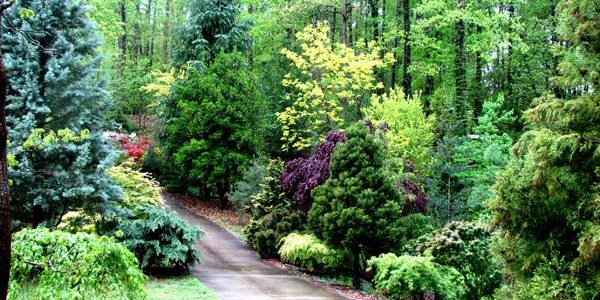Late summer, early fall and into the winter months is the time of year we see many of Utah’s summer migrant birds like the Swainson’s hawk, Bullocks oriole, barn swallow and western kingbird fly south to warmer latitudes.
These birds are primarily insect eaters, and with colder temperatures, there just isn’t a food source to sustain them over the winter months.
Some of these end up as far as South America. A study of the Swainson’s hawk in Utah, for example, found most of them ended up in Argentina during Utah’s winter.
When the summer migrant birds leave, it’s also the time of year when we will see some of the year-round resident birds migrate from the higher elevations down to the valley floor — a term called altitudinal migration.
These are rarely seen in the spring and summer months in Cedar Valley but are very common during the winter months.
The Dark-eyed junco, white-crowned sparrow, white-breasted nuthatch and the mountain chickadee are very common at winter feeders around Eagle Mountain.
If Utah has significant winters with heavy snow at further northern latitudes, Utah may even have common redpoll, black rosy finch, and grey crowned rosy finch, and snow buntings show up.
All of these birds are primarily seed eaters and thus are looking for seeds to sustain them during the winter.
With each snowstorm, seeds can be hard to find causing these birds to travel longer and longer distances to find a food source. If one can’t be found, these birds will eventually starve to death. Fortunately, there are ways to help them survive the winter.
An important and great activity to participate in during the winter months is feeding birds in residential back yards. Feeding birds is a great source of food for them and allows many to stay over winter, travel and search less for a food source, and arguably allows their populations to increase among loss and fragmentation of habitat.
Additionally, and maybe more importantly, this is a perfect opportunity to enjoy wildlife up close, and to introduce kids to wildlife and conservation.
As residents start this activity, it won’t take long to have these birds show up in numbers in back yards.
If close attention is paid, residents will quickly realize how many different species Eagle Mountain has
There are several good internet sources out there to help residents get started in a bird feeding program. Homeowners may decide just to feed in the winter or feed year-round. They may keep it simple with just one feeder, or branch out and go crazy, having all sorts of feeders.
Here are couple of the better sites to help assist you getting started: 1-Wild About Utah, 2—USU/EXT, 3—UDWR.
There are many businesses to help you get started as well. All the box stores; online; and bird specialty shops have feeders, food and some knowledge to help you.
Overall, it’s simple. All a resident needs is a basic bird feeder and some bird seed. I personally like the black sunflower oil seeds—lots of fat and all birds seem to like them.
There are thistle feeders that are made specifically for finches, feeders that don’t allow squirrels to steal your seed, suet (beef/pork fat) feeders make specifically for woodpeckers, of course there are hummingbird feeders.
If a resident just wants to get started, keep it simple. If you’re a long-time feeder, look at other types of feeders to try. Residents may be surprised what shows up. Once you’re hooked, you will want to enjoy these activities year-round.


